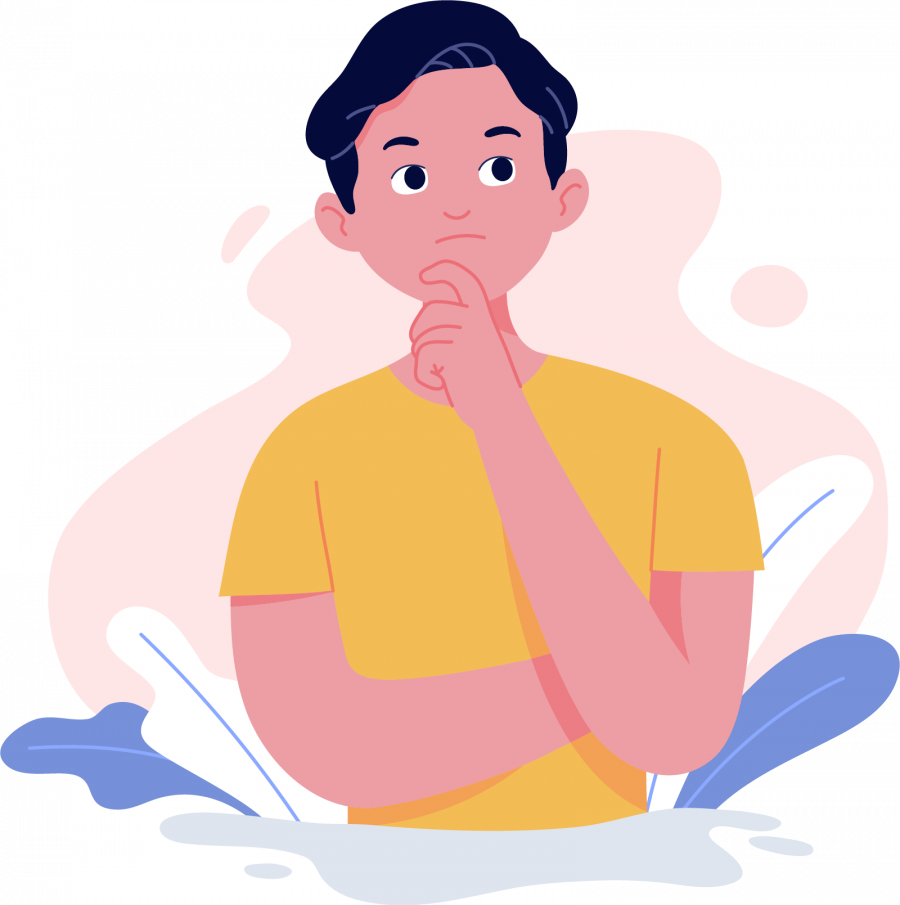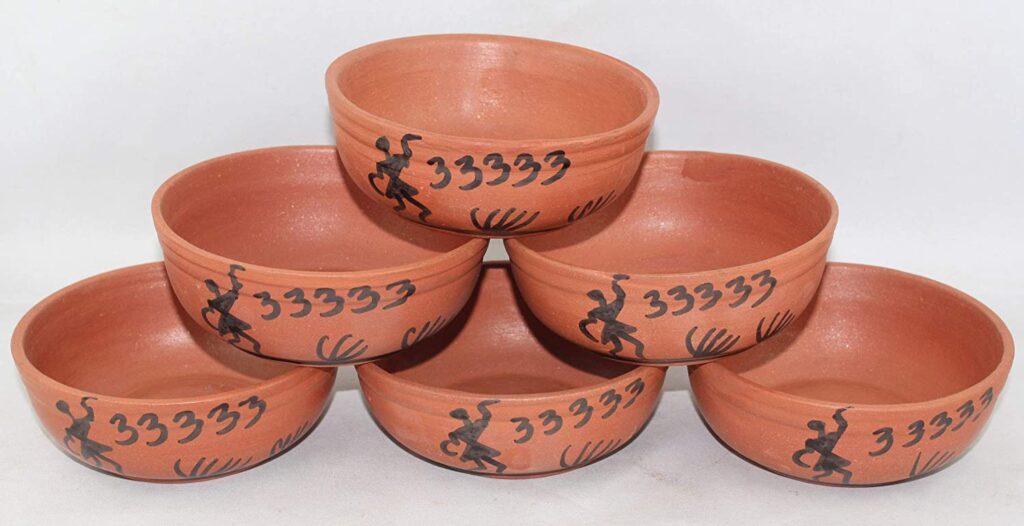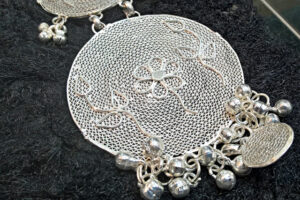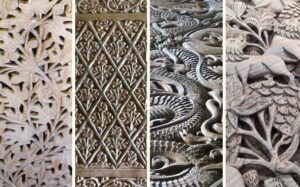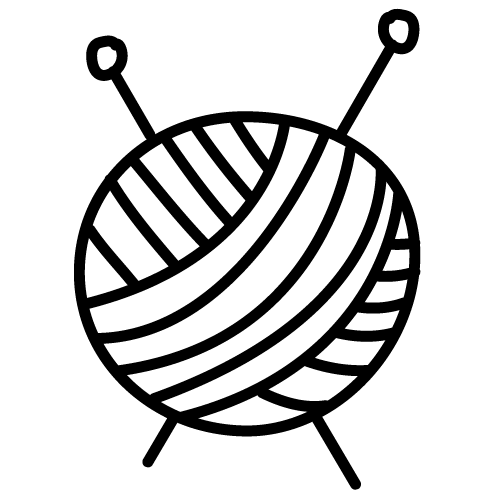Everything you need to know about
Terracotta Pottery.
What is Terracotta Pottery?
Terracotta is an Italian word meaning baked earth.
It is a type of earthenware where the burned body is permeable.
Terracotta is utilized for design made in ceramic, and for different utilizations including vessels, for example, vases, water and wastewater pipes, material tiles, blocks, and surface ornamentation in construction of the buildings.
The term furthermore refers to the regular earthy orange shade of Terracotta, which differs impressively.
Architectural terracotta alludes to brightened clay components, for example, antefixes as well as revetments.
It has made a huge commitment to the idea of temples and different constructions in the traditional design of Europe, just as in the Ancient Near East.
The colour of the terracotta is a natural brown-orange colour.
What does Terracotta describe?
Terracotta is utilized to depict items, for example, puppets not made on a potter’s wheel.
Vessels and different articles that are made on a wheel from a similar material are described as earthenware pottery.
Unglazed pieces, and those made for construction and industry, are alluded to as Terracotta, whereas tableware, as well as different vessels, are called earthenware.
What is the process?
The practice of making Terracotta pottery has been in present for quite a while.
Indeed, it is accepted to be the main clay item which was utilized until the fourteenth century.
Archaeologists have discovered numerous terracotta sculptures, which are over 5,000 years of age.
The significant advance in making Pottery includes gathering suitable refined clay, to get the ideal shape.
This is first dried and then, the clay is put in a kiln or on the top of burnable material situated in a pit, and it is then burnt.
The temperature of the fire ought to be around 1,000 °C and during this procedure, the iron responds with oxygen which brings about a burnt body.
The pottery made with terracotta is utilized as nursery pots or for enriching purposes in numerous conditions, just as oil lights, or stoves.
Are there any places prestigious for this?
In Andhra Pradesh, Palamaner Mandal in Chittoor District is prestigious all over for its attractive as well as varied Terracotta Pottery.
As many as 20 little outside outlets exist close by the roadway, where many craftsmen show their work.
The regionally accessible clay is viewed as appropriate for stoneware work.
They make a variety of art items like lamps, musical instruments, flower vessels, and so on.
Was there a decline?
The utilization of terracotta for all purposes experienced a virtual end between the end of the Roman Empire and the fourteenth century.
In the fifteenth century Italy and Germany it reappeared, either shaped or carved, and in its common shading as friezes, mouldings, or inset emblems brightening structures.
Another utilization of terracotta was in the exceptionally coated and shaded figure presented in Florence early in the fifteenth century by the Della Robbia family.
The impact, including a newness of highlight particularly to marble and stone, was imitated generally, and the utilization of terracotta, coated or unglazed, spread all through Europe.
Free model in terracotta additionally was restored in the fifteenth century by such specialists as Donatello, Verrocchio, and particularly Guido Mazzoni and Antonio Begarelli working in Modena.
It was regularly painted in common shade or bronze.
What do the carvings represent?
The Terracotta pottery symbolises the militaries of Qin Shi Huang, the first China Emperor.
The models were found in 1974. The military incorporates more than 8,000 officers.
There are likewise 130 chariots, 520 horses, and 150 riding horses.
It was discovered covered in three enormous pits.
The military was covered with the ruler around 210 BCE.
He accepted his Terracotta Army would ensure him in existence in the wake of death.
The sovereign likewise trusted it would be a gathering of individuals he could keep on administering over.
Where were the pieces produced?
Numerous pieces of the carvings were mass-produced in workshops.
Be that as it may, each piece was done with pointed facial highlights and splendid paint.
The life-sized warriors of the Terracotta Army change in stature, uniform, and hairdo.
They each furthermore have weapons as per the rank.
Did we miss something?
Let us know in the comments down below!
